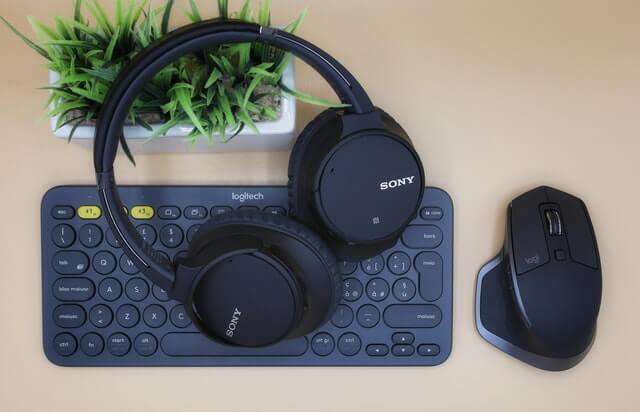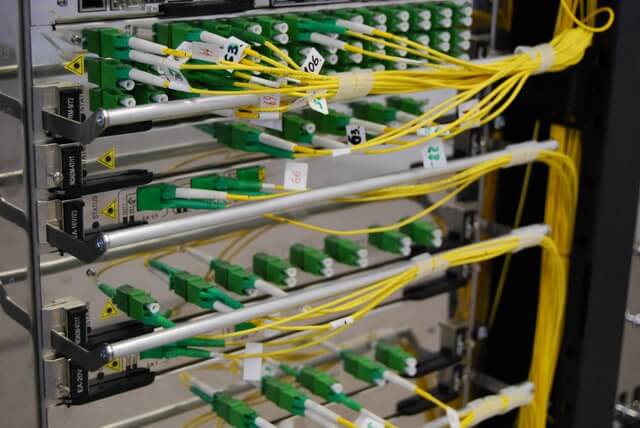
In this comprehensive guide, we will explore the most popular plastic materials used for injection moulding, their properties, advantages, disadvantages, and common applications. By understanding the characteristics of each material, you can make informed decisions to ensure the success of your injection moulding projects.
Injection moulding is an essential method of manufacturing thermoplastic products. It involves injecting molten plastic into a mould cavity, allowing it to cool and solidify into the desired shape. With the wide range of plastic injection moulding materials available in the market, it's crucial to choose the right material for your specific application.
Acrylonitrile Butadiene Styrene (ABS)

Acrylonitrile Butadiene Styrene, commonly known as ABS, is a versatile thermoplastic used in various industries. It is commonly found in pipes, automotive body parts, and keyboards. ABS offers high impact resistance, making it difficult to break, while still being lightweight. It can withstand heat and reach high temperatures. However, ABS is prone to scratching and can be damaging to the environment as it is made from oil and produces hot plastic fumes during production.
Nylon
Nylon is a versatile polymer fabric used in a wide range of applications, including apparel, car tires, fishnets, and electrical components. It offers good abrasion resistance, making it long-lasting and elastic. However, nylon tends to melt easily, making it challenging to work with in its liquid state. It also absorbs water from the air, which can affect its properties.
High-Density Polyethylene (HDPE)

High-Density Polyethylene, or HDPE, is a resilient and solid plastic commonly used in plastic bottles, shampoo bottles, toys, recycling bins, and flower pots. HDPE is affordable and offers stiff material with high strength. However, it is highly flammable, not biodegradable, and has poor weathering resistance.
Low-Density Polyethylene (LDPE)
Low-Density Polyethylene, or LDPE, is a softer and more flexible material compared to HDPE. It is used to create bottles, plastic bags, plastic wraps, and playground slides. LDPE offers moisture and chemical resistance, low cost, and is food-grade, making it safe for food content. However, it is flammable, has poor temperature capability, and can be difficult to bond.
Polycarbonate (PC)

Polycarbonate is a strong and hard plastic used in engineering applications. It is known for its transparency and is commonly found in compact discs, safety helmets, bulletproof glass, and electrical hardware. Polycarbonate offers high quality and protects against discoloration. However, prolonged exposure to UV light can cause it to turn yellow, and it is susceptible to scratching.
Polyoxymethylene (POM)

Polyoxymethylene, also known as POM or acetal, is a hard and tough material used in automotive parts, zippers, fan wheels, door handles, lock systems, and insulin pens. POM offers a high gloss surface and resistance to organic solvents and chemicals, except for phenols. However, it is difficult to bond, has poor acid resistance, and is vulnerable to UV exposure.
Acrylic Poly (Methyl Methacrylate) (PMMA)
Among the listed injection moulding materials, acrylic, also known as PMMA, is commonly used as an alternative to glass. It is lightweight and finds applications in windows, lenses for glasses, and rear lights for vehicles. Acrylic offers weathering resistance, high gloss, and good abrasion resistance. However, it has limited heat resistance and can crack under pressure.
Thermoplastic Polyurethane (TPU)
TPU is a versatile material with properties such as elasticity, transparency, and resistance. It is commonly used in cases for mobile phones, keyboard protectors, and footwear. TPU offers outstanding toughness, flexibility, and resistance to impacts, tears, grease, and oil. However, it is not cost-effective compared to other alternatives and has a short shelf life.
Thermoplastic Rubber (TPR)

Thermoplastic rubber, also known as TPR or elastomer, is a blend of plastic and rubber. It is used in automotive parts, wires, cable insulation, and home appliances. TPR offers the ability to stretch and return to its original shape and is environmentally friendly. However, it can be costly, and high temperatures can cause it to lose its rubbery properties.
Polypropylene (PP)

Polypropylene, or PP, is a widely used thermoplastic polymer with various applications. It holds the largest revenue share in the injection molded plastics market. PP is commonly found in the food storage and packaging industry due to its non-reactivity with food products. It offers high impact strength, good moisture resistance, but is susceptible to degradation from UV exposure and can be flammable.
Properties of Injection Moulding Materials
To help you further understand the characteristics of each injection moulding material, here is a table summarizing their properties:





